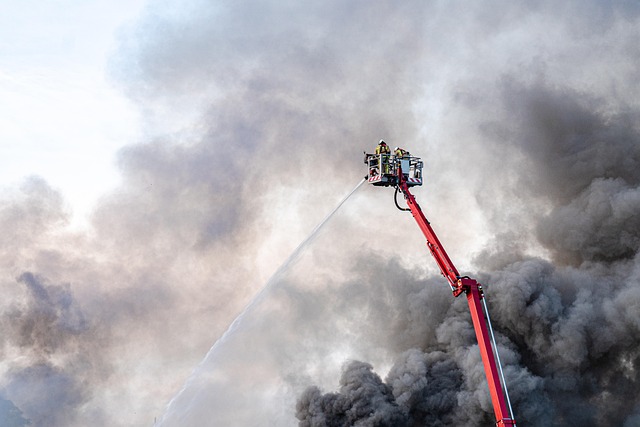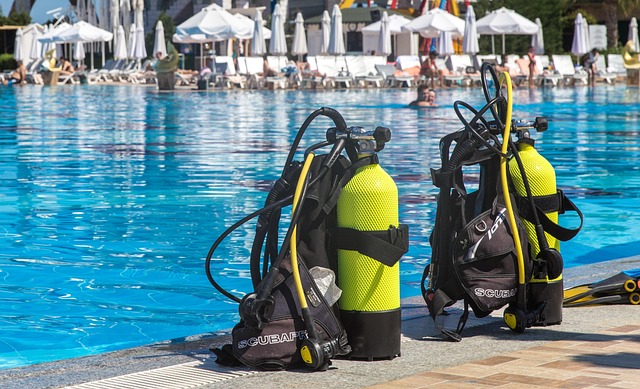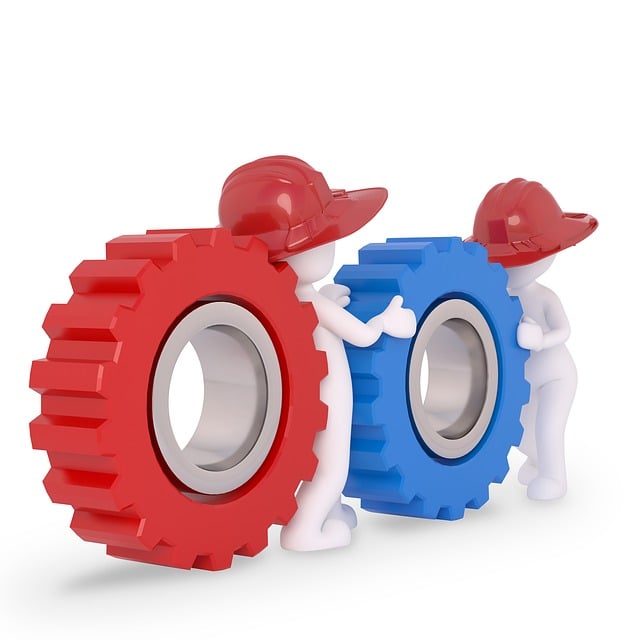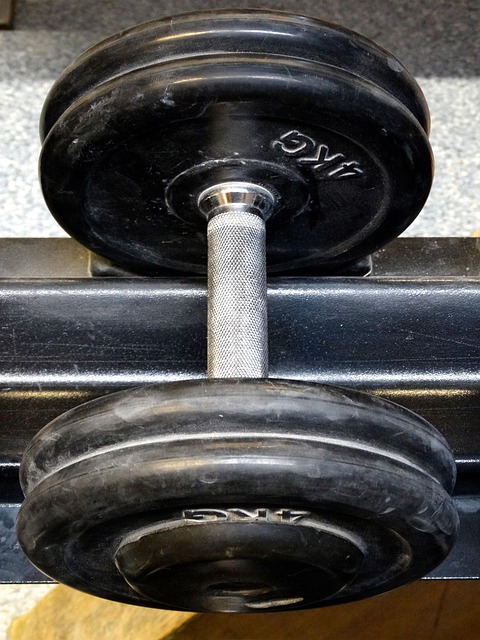In an era of unpredictable hazards, proper Hazmat training is crucial. Portable hazmat simulators (within $8000) offer a cost-effective solution, replicating hazardous scenarios without risking personal safety or environmental harm. These simulators enhance organizational preparedness and reduce costs compared to live demonstrations or full-scale exercises with real hazardous materials. With controllable emissions, integrated sensors, and automated scenario generation, top-tier models ensure durable, reliable, and versatile training for first responders, preparing them for various hazardous material incidents. Regular simulated practice enhances decision-making, coordination, and confidence in handling dangerous situations, contributing to quicker response times and better containment strategies during actual emergencies. Case studies demonstrate successful integration of these simulators into fire department training regimens, improving preparedness for real-world challenges.
In the dynamic field of emergency response, effective hazardous materials (Hazmat) training is paramount. Traditional methods, however, can be costly and inflexible. This article explores an innovative solution: portable Hazmat simulators within the $8000 price range. We delve into the significance of such training tools, their key features, and how they offer affordable emergency training props for diverse scenarios. Through case studies, we demonstrate successful deployments, highlighting the benefits of simulated training environments in enhancing preparedness.
- Understanding Hazmat Training and Its Importance
- The Need for Portable and Affordable Solutions
- Key Features of a Quality Portable Hazmat Simulator
- Exploring Options in the $8000 Price Range
- Benefits of Implementing a Simulated Training Environment
- Case Studies: Successful Deployments of Portable Hazmat Simulators
Understanding Hazmat Training and Its Importance

In today’s world, where unexpected hazardous situations can arise at any time, proper Hazmat (Hazardous Material) training is more crucial than ever. This includes being prepared to handle chemical spills, fires involving flammable liquids, and other critical incidents that require specialized equipment and protocols. An affordable emergency training prop, like a portable hazmat simulator, plays a pivotal role in ensuring organizations and their employees are ready to respond effectively to such scenarios without risking personal safety or causing environmental harm.
These simulators offer a cost-effective way to replicate various hazardous environments, allowing trainees to practice the use of protective equipment, decontamination procedures, and emergency response strategies. By investing in a portable hazmat simulator within the $8000 price range, businesses can significantly enhance their emergency preparedness while also cutting down on the costs associated with live demonstrations or full-scale training exercises involving real hazardous materials.
The Need for Portable and Affordable Solutions

In today’s world, where unexpected hazardous situations can arise at any moment, there is a growing need for accessible and cost-effective solutions to prepare and train individuals effectively. Traditional methods of emergency response training can be resource-intensive and expensive, making it challenging for organizations, especially smaller ones, to provide adequate preparation for their staff. This is where portable hazmat simulators step in as a game-changer.
With a budget of $8000, affordable emergency training props like these offer a realistic and flexible way to simulate various hazardous scenarios. By bringing the training experience to life, these simulators enable professionals to practice critical skills, enhance decision-making abilities, and improve overall preparedness without breaking the bank. This is particularly crucial for industries at high risk of encountering hazardous materials or situations, ensuring that their workforce is well-equipped to handle emergencies efficiently and safely.
Key Features of a Quality Portable Hazmat Simulator

A top-tier portable hazmat simulator within the $8000 price range is an invaluable asset for emergency preparedness and training. Look for key features that ensure realism, durability, and versatility. These simulators should be designed to mimic hazardous materials scenarios accurately, with customizable components allowing for a wide range of exercises. An affordable emergency training prop shouldn’t compromise on quality; it should withstand frequent use and remain reliable over time.
Ideal models incorporate various functionalities such as controllable emissions, integrated sensors, and automated scenario generation. These features enable trainees to experience the full spectrum of hazmat response, from initial assessment to containment and decontamination. Additionally, a good simulator should offer modular design for easy transport and storage, making it suitable for use in diverse training environments—from classrooms to field exercises.
Exploring Options in the $8000 Price Range

In the realm of emergency preparedness, practical and affordable training props are a game-changer. For those operating within a $8000 budget, exploring a portable hazmat simulator presents an excellent opportunity to enhance response capabilities. This investment allows for realistic emergency scenarios, enabling first responders to hone their skills in a controlled environment. Such simulators often come with customizable features, ensuring they cater to specific training needs.
Within this price range, you can find durable and versatile models designed to replicate various hazardous materials incidents. These props offer a cost-effective alternative to live demonstrations, making emergency training more accessible without compromising on quality or realism. An affordable emergency training prop like a portable hazmat simulator can be a valuable asset for any organization aiming to improve its response time and overall efficiency in managing hazardous situations.
Benefits of Implementing a Simulated Training Environment

Implementing a simulated training environment, like a portable hazmat simulator within an $8000 price range, offers significant advantages for emergency preparedness and response teams. This innovative approach to training allows for realistic practice scenarios, fostering a deeper understanding of hazardous material management among personnel. By replicating real-world conditions, first responders can enhance their decision-making skills, improve coordination, and build confidence in handling dangerous situations safely and effectively.
Such simulations serve as an affordable emergency training prop, providing a cost-effective alternative to live exercises or full-scale disasters. They enable frequent practice without the risks, costs, and disruptions associated with traditional training methods. This regularized exposure to simulated hazards contributes to quicker response times, better containment strategies, and overall enhanced operational efficiency during actual emergencies.
Case Studies: Successful Deployments of Portable Hazmat Simulators

In recent years, portable hazmat simulators have emerged as a game-changer in emergency response training. These innovative tools offer an affordable and practical solution for agencies seeking to enhance their preparedness. Case studies from various organizations showcase the successful integration of portable hazmat simulators into their training regimens. For instance, fire departments have utilized these simulators to replicate hazardous material incidents, enabling firefighters to refine their decontamination procedures and rapid response strategies within a controlled environment.
One notable example involves a mid-sized city that implemented a portable simulator to address the challenges of responding to industrial chemical spills. The simulator allowed first responders to simulate different scenarios, improving their coordination and decision-making under pressure. This hands-on approach has proven invaluable in preparing emergency services for real-world situations, ultimately leading to more effective and efficient operations when facing hazardous material emergencies.






